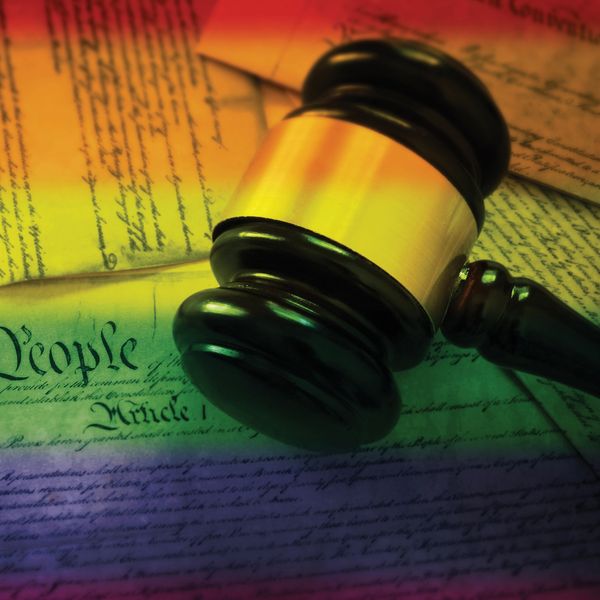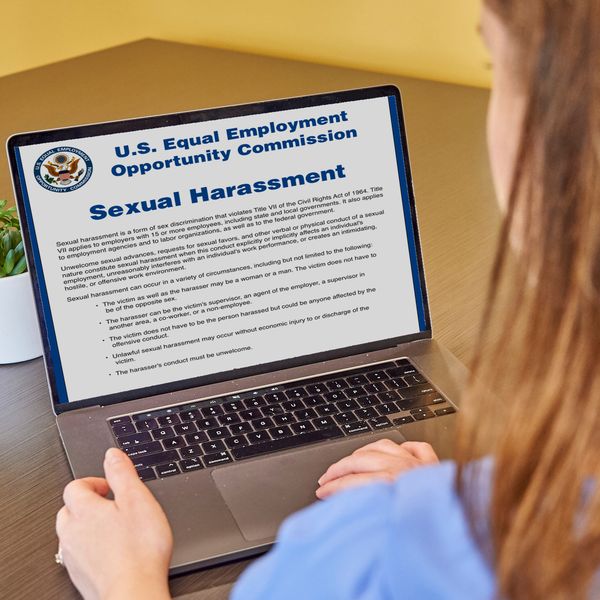Protections extended to sexual orientation and gender identity
In June 2020, the U.S. Supreme Court affirmed that LGBTQ workers are protected from workplace discrimination. This year, President Biden issued an Executive Order reinforcing that ruling. But do your employees understand what these protections mean?
In short, harassment and discrimination based on an employee not conforming to gender stereotypes — or how society may expect a person to behave because they are male or female — is against the law. For example, allowing coworkers to ridicule or tease a female employee for being too “manly” or unfeminine is considered illegal harassment based on gender stereotypes.
This is one area where what may seem like a harmless joke to an employee could actually rise to the level of illegal harassment. This is the case especially if the jokes are made regularly.
Supreme Court clarified Title VII in 2020
Title VII of the Civil Rights Act of 1964 prohibits discrimination in the workplace on the basis of an individual’s race, color, religion, sex, and national origin. On June 15, 2020, the U.S. Supreme Court held in Bostock v. Clayton County that Title VII’s protections extend to sexual orientation and gender identity or transgender status. Before Bostock, many state and local laws already extended protection based on sexual orientation and gender identity to varying degrees.
As the Court explained:
“discrimination based on homosexuality or transgender status necessarily entails discrimination based on sex; the first cannot happen without the second.”
If, for example, an employer fires an employee because she is a woman who is married to a woman, but would not do the same to a man married to a woman, the employer is taking an action because of the employee’s sex. The action was taken because of the employer’s expectation of how a woman should behave.
Similarly, if an employer fires an employee because that person was identified as male at birth, but uses feminine pronouns and identifies as a female, the employer is taking action against the individual because of sex. The action was taken because of the employer’s expectation of how a man should behave.
Preventing discrimination and harassment
Although many employers had already been aware of their nondiscrimination obligations under state and local laws, this Supreme Court decision served as a reminder that employers should implement these best practices:
- Review policies and handbooks to ensure that nondiscrimination and harassment policies extend to sexual orientation and gender identity;
- Communicate and train employees on updated policies;
- Make it clear to employees that it’s unacceptable to guess about a coworker’s sexual orientation because of looks or actions, or to make assumptions about coworkers based on stereotypes of their sexuality or gender identity.
- Emphasize to employees that offensive jokes, using derogatory terms to refer to other employees, and gossip about coworkers can all be hurtful and are considered forms of harassment.
- Be sure employees understand the consequences of harassment and encourage them to report any harassment or discrimination they witness or experience. Assure them that the company will take any complaints seriously, and then make sure it does.
- Refrain from taking any adverse employment actions against employees based on sexual orientation and gender identity;
- Thoroughly document and investigate all allegations of suspected sexual harassment or discrimination based on sexual orientation or gender identity.
































































